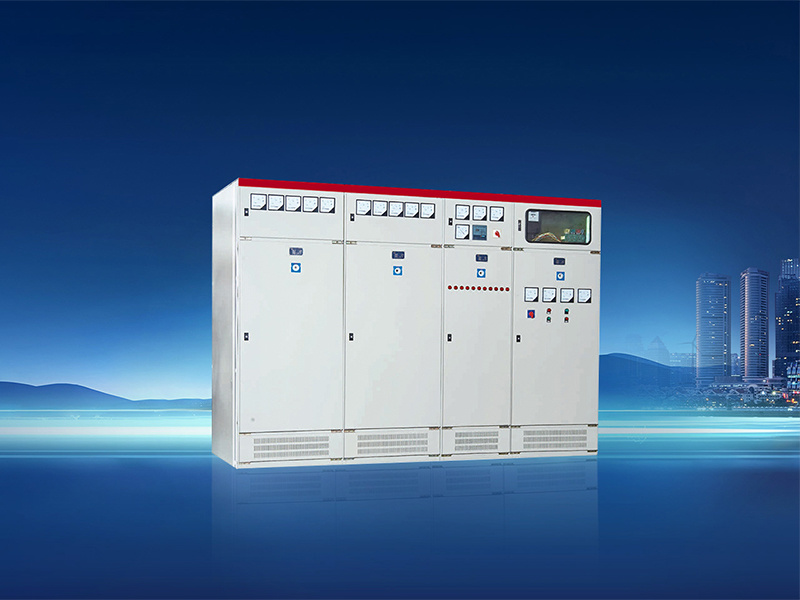How to understand the configuration of a box transformer?
To understand the configuration of a box transformer, you need to pay attention to the following aspects:
- Type of Box TransformerFirst, you need to understand the types of box transformers, such as European and American box transformers. European box transformers separate and arrange medium voltage switchgear, transformers, and low voltage distribution equipment into specific shapes, while American box transformers focus on the transformer as the main body, housing other equipment within the transformer oil tank. Understanding the type of box transformer helps in understanding its structural characteristics and configuration.
- Transformer ConfigurationThe transformer is the core part of the box transformer, and you need to pay attention to its capacity, model, and wiring method. The capacity is usually determined based on user needs, while the model is selected according to voltage level and transformation ratio. The wiring method can be star or delta, depending on the system's requirements and configuration.
- Switchgear ConfigurationThe switchgear in the box transformer includes circuit breakers, load switches, and isolating switches. The configuration of these devices depends on the protection needs and operational requirements of the system. For example, circuit breakers are used to cut off the circuit in case of a fault, load switches are used to control the on/off of the circuit, and isolating switches are used to isolate the circuit during maintenance.
- Protection Device ConfigurationProtection devices such as fuses and surge protectors are used to protect the box transformer from electrical faults and natural disasters like lightning. It is important to pay attention to the rated current, rated voltage, and fuse time of these devices to ensure they can effectively protect the box transformer.
- Current Transformers and Capacitor ConfigurationCurrent transformers are used for measurement and protection, while capacitors are used for reactive power compensation. The configuration of these devices should be determined based on the system's needs and the capacity of the box transformer.
- Control and Monitoring SystemModern box transformers are usually equipped with control and monitoring systems to monitor the operating status and fault information of the box transformer in real-time. It is necessary to understand the functions and configurations of these systems to better manage and maintain the box transformer.
When reviewing the configuration of the box transformer, attention should also be paid to details such as insulation materials, heat dissipation conditions, and protection levels. These details are crucial for ensuring the safe, stable, and efficient operation of the box transformer.
In summary, understanding the configuration of a box transformer requires an in-depth understanding of its structure, equipment, protection, and monitoring systems. By carefully studying and analyzing this configuration information, one can better understand the working principles and performance characteristics of the box transformer, providing strong support for subsequent selection, installation, and operation maintenance.





